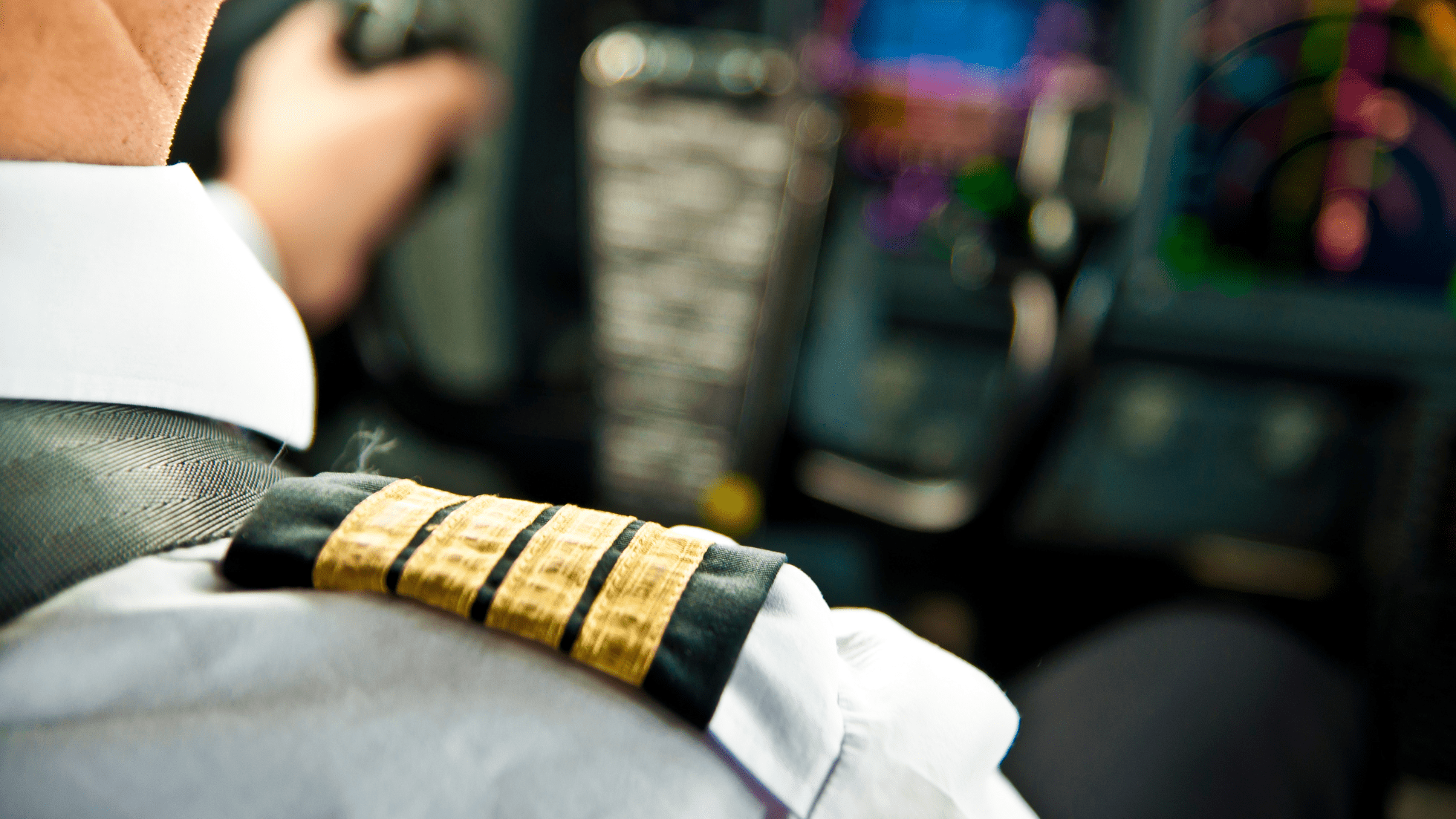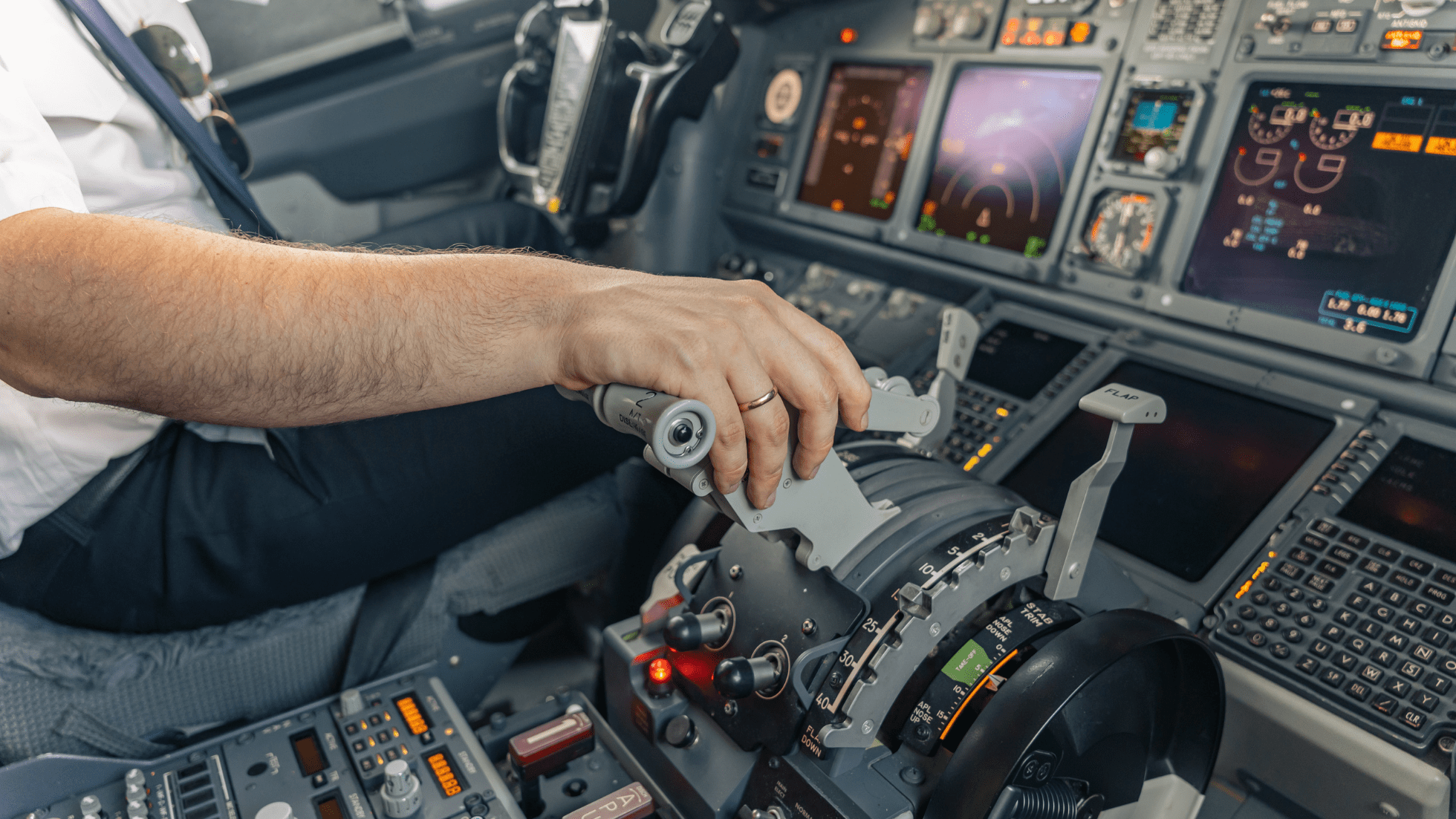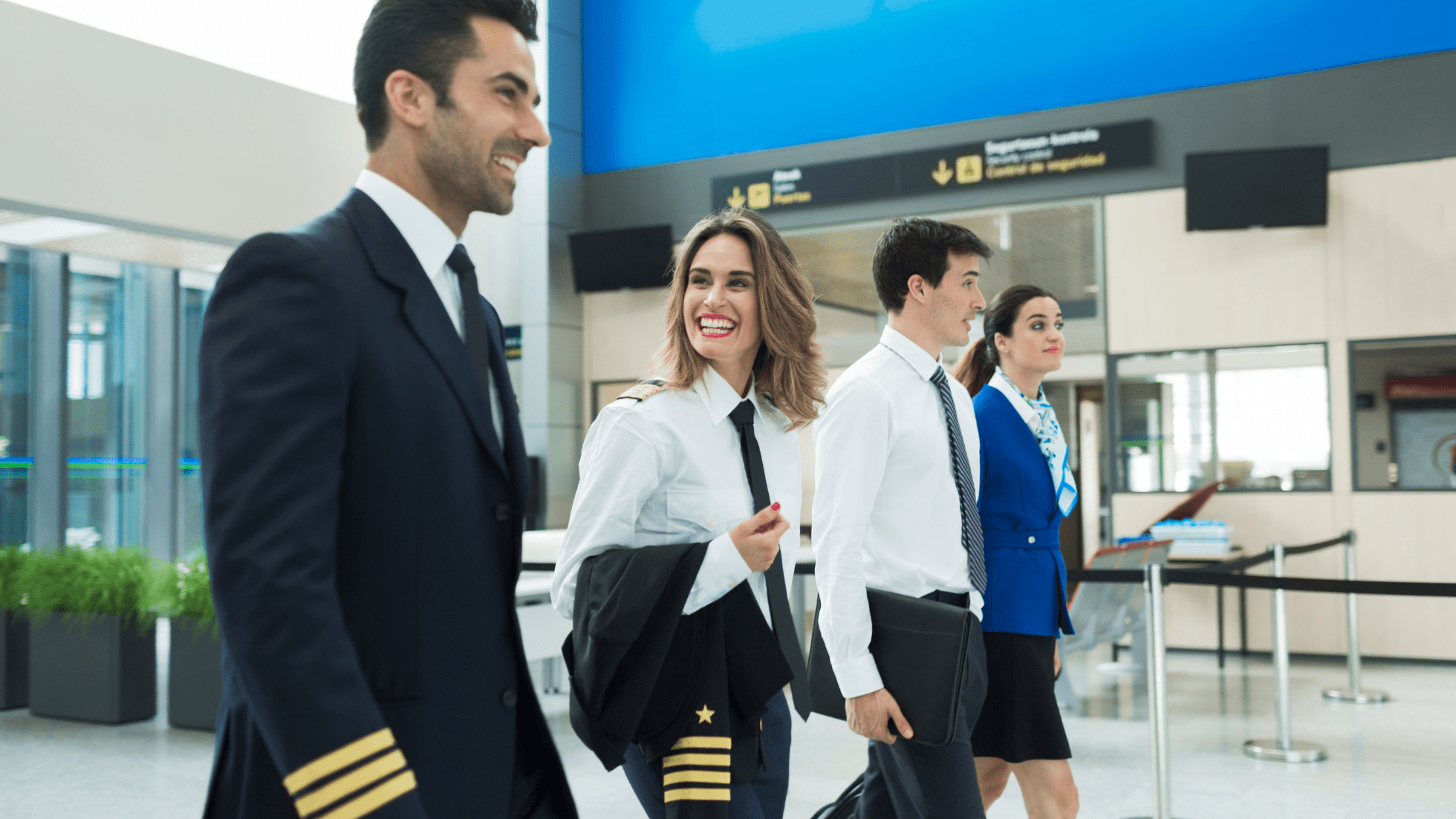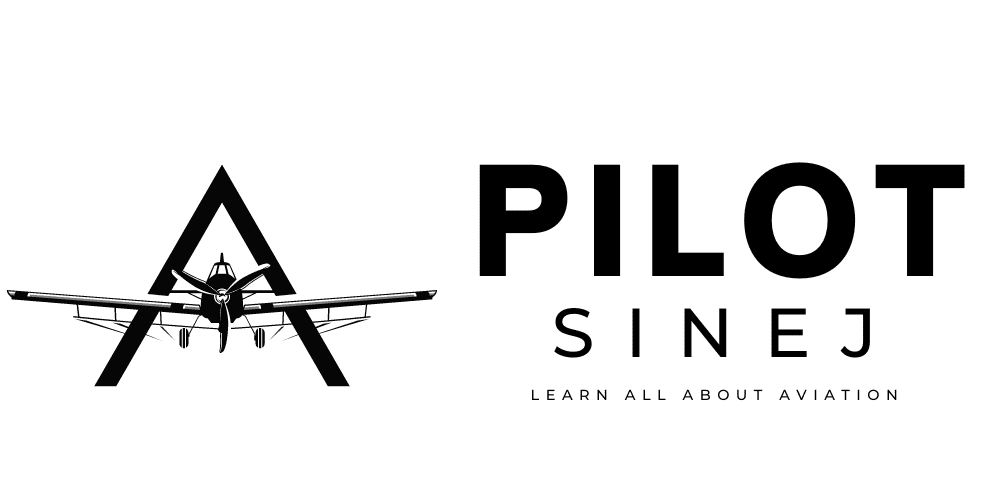Entering the captivating world of aviation? Aspiring pilots often wonder about the journey. Specifically, “what ratings are needed to be an airline pilot?”
We’ve got you covered. Dive into the ratings needed and tips to earn them.
Private Pilot License (PPL)
Firstly, your journey begins here. A PPL allows:
- Pilotage of an aircraft for personal use.
- Gaining flight experience.
Actionable Tip: Select a reputable flight school. It sets the foundation!
Instrument Rating (IR)
After PPL, aim for an IR. It enables:
- Flight in diverse weather conditions.
- Navigation using instruments.
Actionable Tip: Regular practice is key. Real and simulated instrument conditions help.
Commercial Pilot License (CPL)
A significant step! With a CPL, you:
- Can get paid to fly.
- Become eligible for airline roles.
Actionable Tip: Build hours through jobs like banner towing or instructing. It helps!

Airline Transport Pilot (ATP) License
The pinnacle of pilot ratings! Holding an ATP means:
- You’ve met the highest flight standards.
- Can serve as a major airline’s Captain.
Actionable Tip: Many airlines require this. Opt for ATP-CTP courses to prepare.
Type Ratings
Specific to aircraft types, they:
- Are essential for larger commercial jets.
- Differ based on aircraft systems and handling.
Actionable Tip: Airlines often sponsor type ratings. Yet, securing one earlier can give an edge.

Understanding Additional Endorsements and Qualifications
Beyond core ratings, there are endorsements. Common ones include:
- Seaplane operations.
- High altitude operations.
Each adds versatility to a pilot’s skill set.
Navigating The Cost
Flight training isn’t cheap. But, with passion and dedication, the investment is worth it.
Actionable Tip: Look for scholarships. Many organizations offer them to aspiring pilots.

Why The Right Flight School Matters
Your school influences your training quality. It provides:
- The foundation of your aviation journey.
- Networking opportunities.
Choose wisely!
Deciphering Key Aviation Terminology
In your quest, you’ll come across terms like “Flight hours”, “Ground school”, and “Cross-country flight”. Each relates to the ratings journey. They enhance understanding and pave the way forward.
Set Your Course Skywards!
Understanding “what ratings are needed to be an airline pilot” is your map to the skies. With each rating, you soar closer to your airline dream. Are you on this journey? Share your experiences and tips below. Your story might be the wind beneath an aspiring pilot’s wings!
Popular Questions about Pilot Career
Airline pilots are among the highest paid in the aviation sector. Salaries vary based on:
- Airline’s size.
- Experience level.
- Aircraft type.
On average, new pilots at regional airlines start at $50,000 annually. This can soar to $200,000+ for senior captains at major airlines.
The path to the cockpit involves more than skill. You need:
- A First-Class Medical Certificate.
- Good vision.
- Hearing within acceptable limits.
Remember, regular medical exams ensure pilots maintain required health standards.
Two often-confused terms! Here’s a breakdown:
- Commercial Pilot: Can be paid to fly, but not for airlines. Often, they undertake tasks like banner towing or agricultural spraying.
- Airline Pilot: Possesses an ATP (Airline Transport Pilot) license. Can fly large passenger aircraft for airlines.
